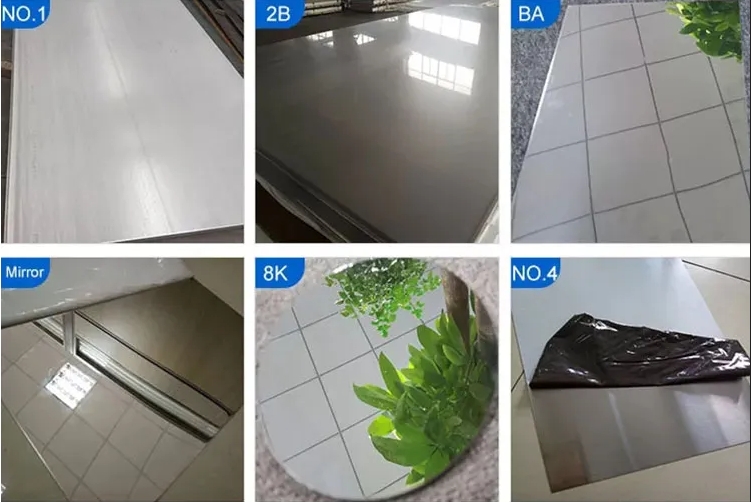Corrosion resistance
304 stainless steel: has better corrosion resistance, especially in harsh environments such as strong acid and strong alkali. Therefore, in situations where high corrosion resistance is required, such as chemical and marine environments, 304 stainless steel is a better choice.
443 stainless steel: has good corrosion resistance, but its corrosion resistance is slightly inferior to that of 304 stainless steel.
443 stainless steel improves its corrosion resistance by increasing the chromium content and adding titanium, but it may not be as durable as 304 stainless steel in strong acid and alkali environments.
Strength and hardness
443 stainless steel: has higher strength and hardness, suitable for manufacturing parts and components with high strength requirements. Its yield strength is σ0.2≥250Mpa, tensile strength σb≥450Mpa, and elongation El≥252.
304 stainless steel: has good toughness and plasticity, suitable for parts that need to withstand greater impact.
Cost
443 stainless steel: Since it does not contain precious metals such as nickel and molybdenum, the price is relatively low and it is not affected by the price fluctuations of nickel and molybdenum, so it has more advantages in cost-sensitive applications.
304 stainless steel: Contains nickel and has a relatively high cost. It is suitable for occasions that are not sensitive to cost but require higher performance.
Uses
443 stainless steel: Commonly used in electrical appliances, kitchen equipment, transportation vehicles, building materials and other fields. Due to its good corrosion resistance and low cost, it is suitable to replace 304 stainless steel in these fields.
304 stainless steel: Widely used in food processing, medical equipment, chemical equipment and other fields, it is favored for its excellent corrosion resistance and good processing performance.




